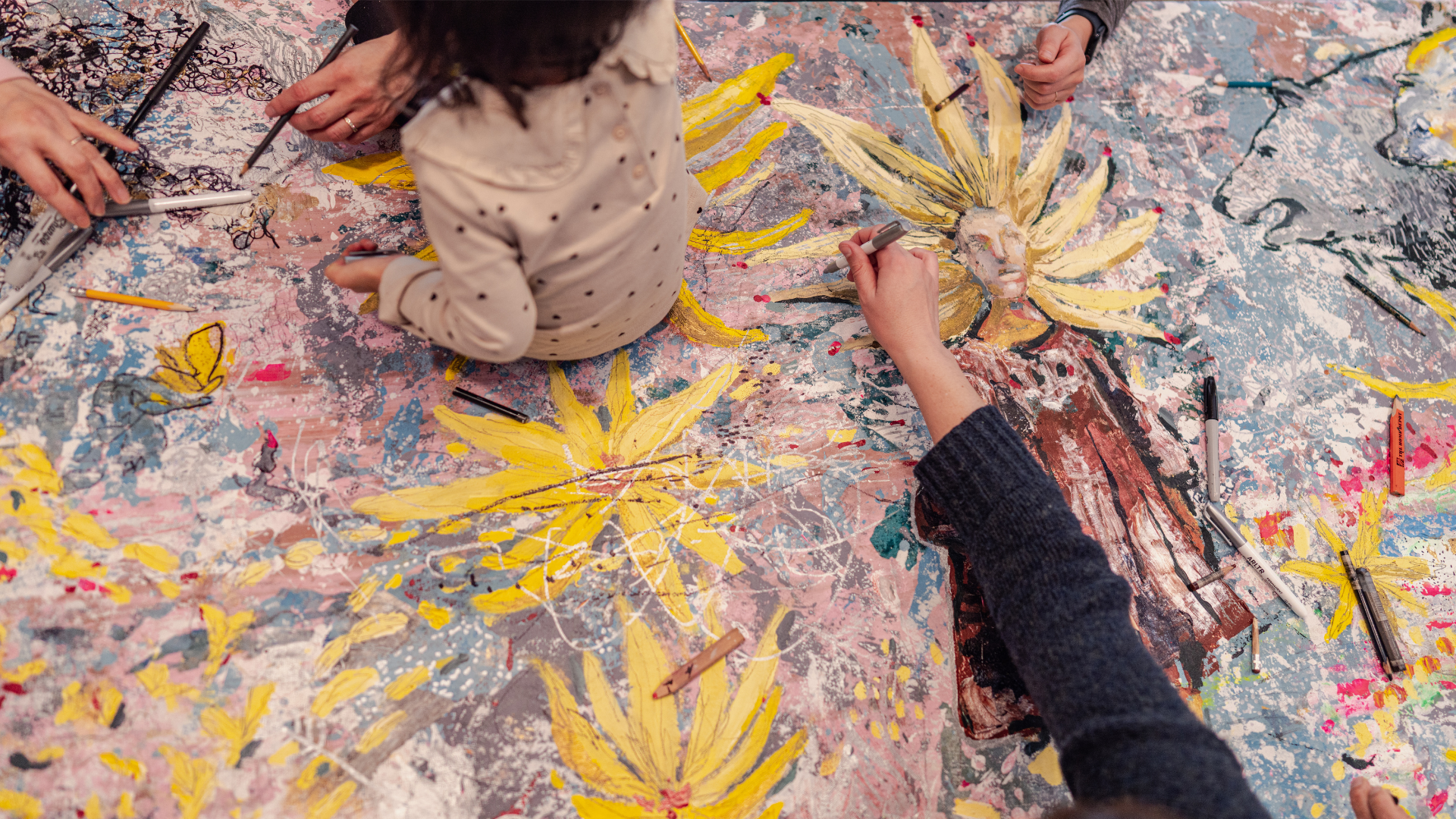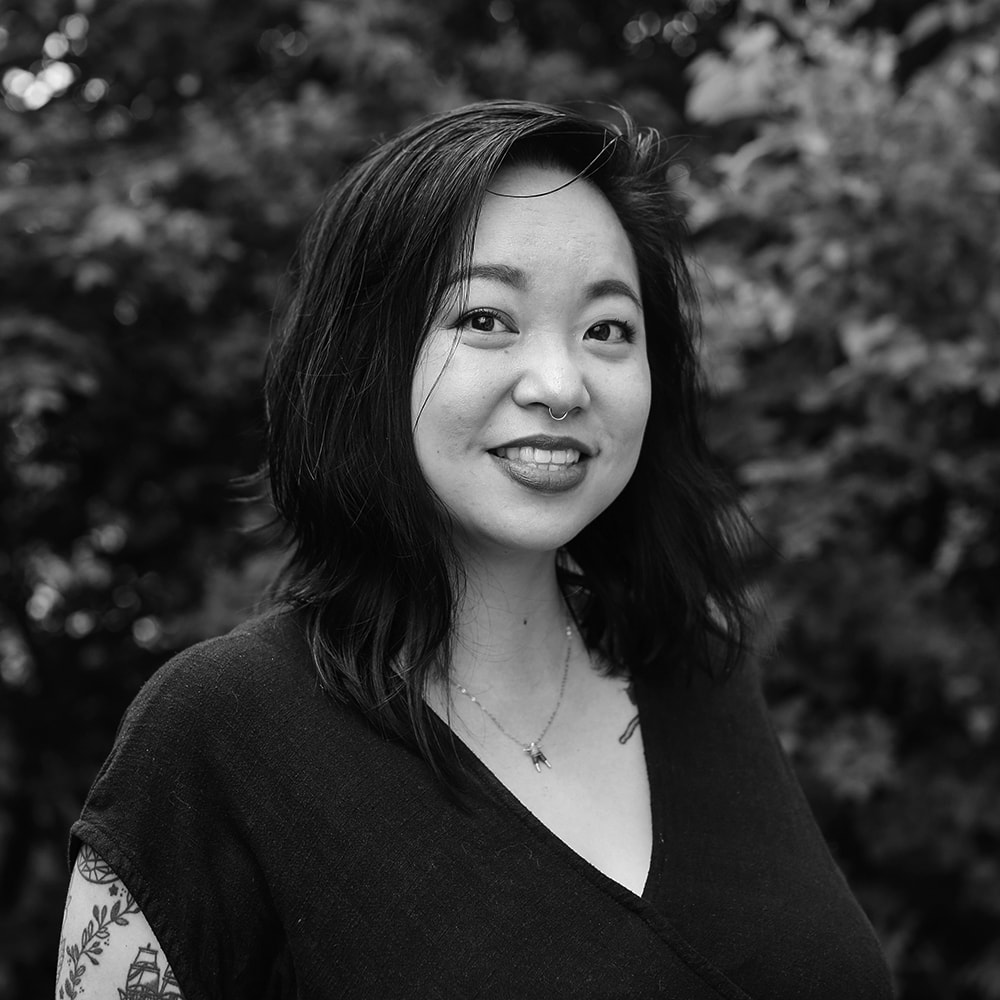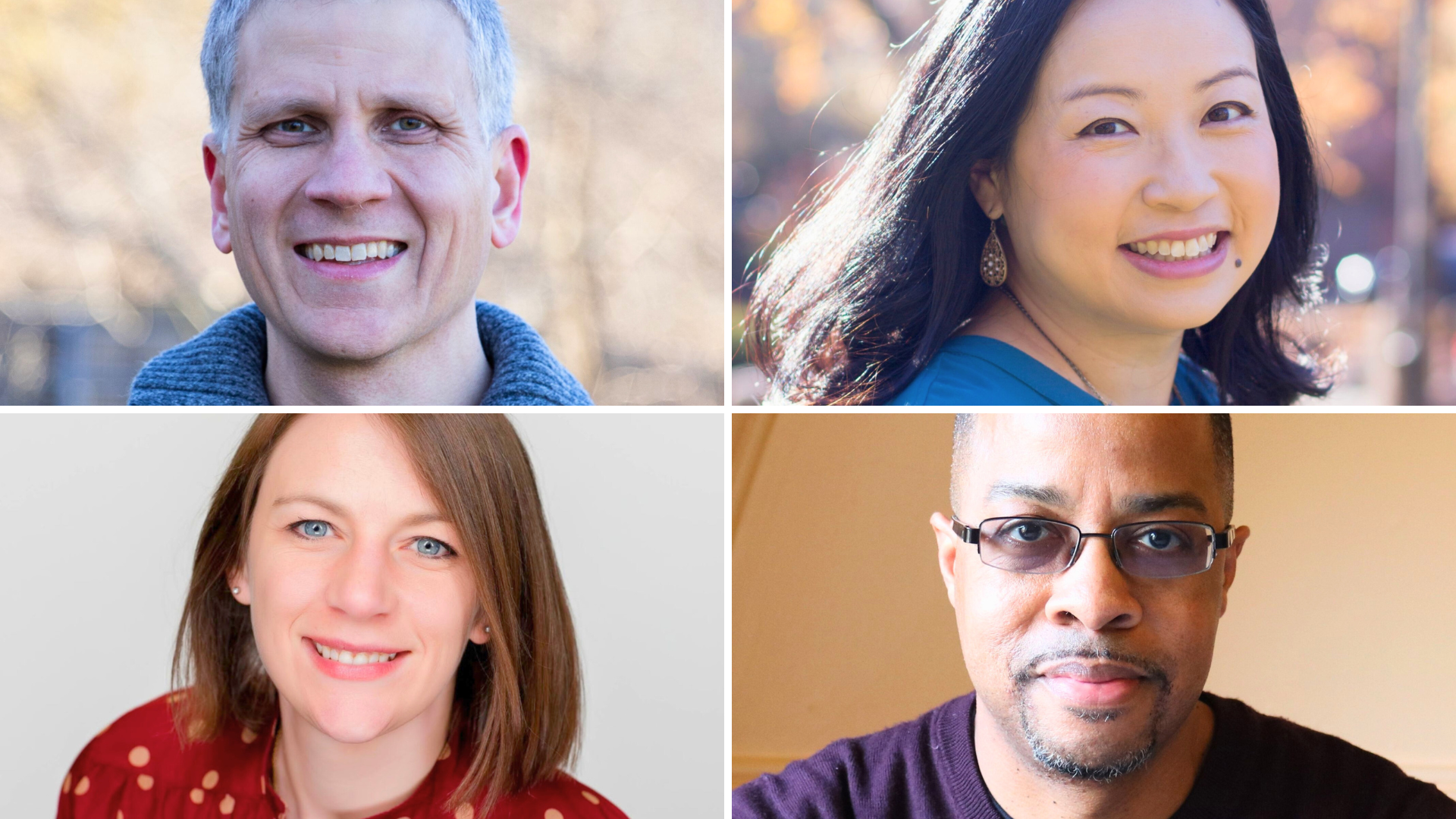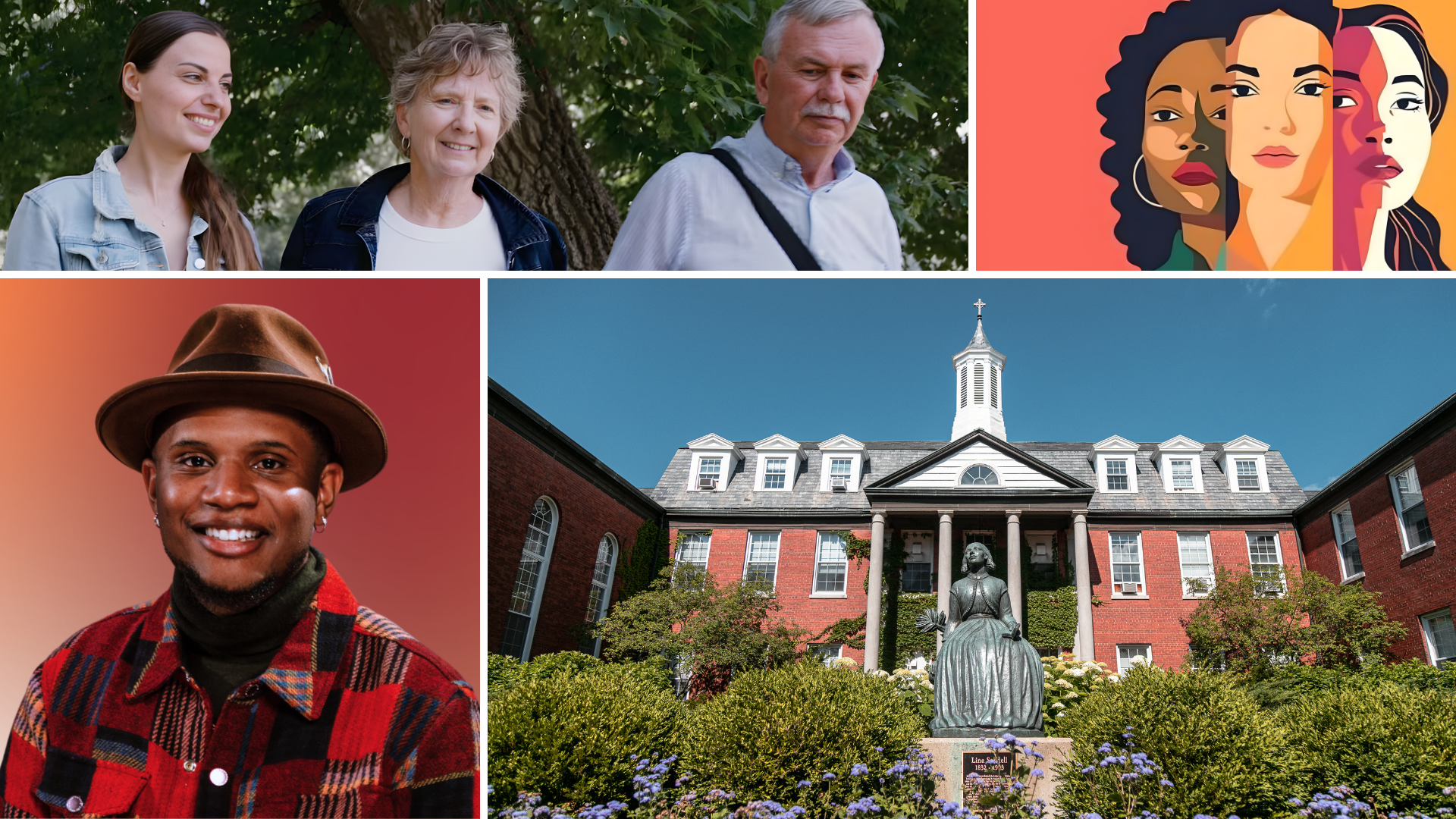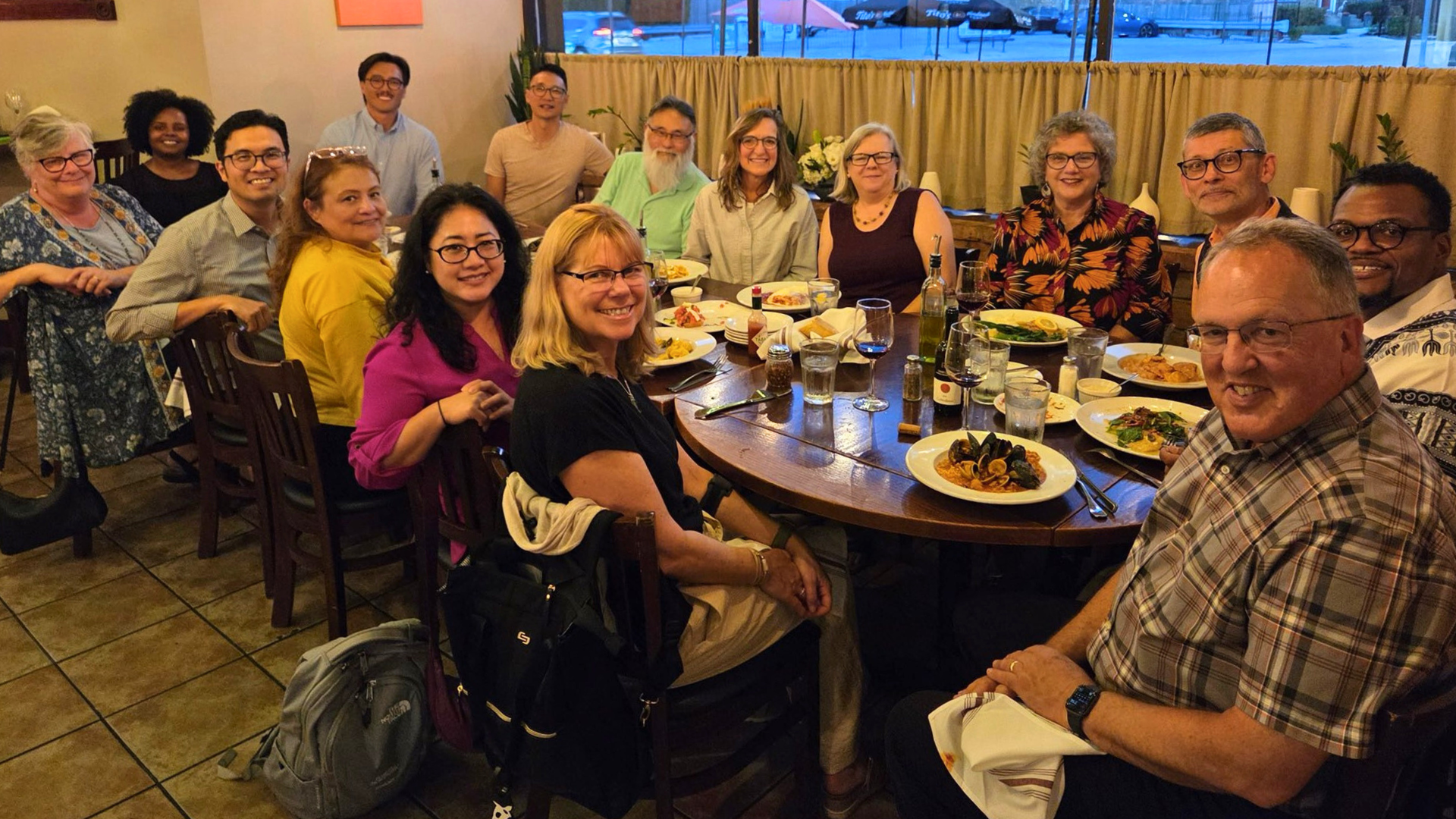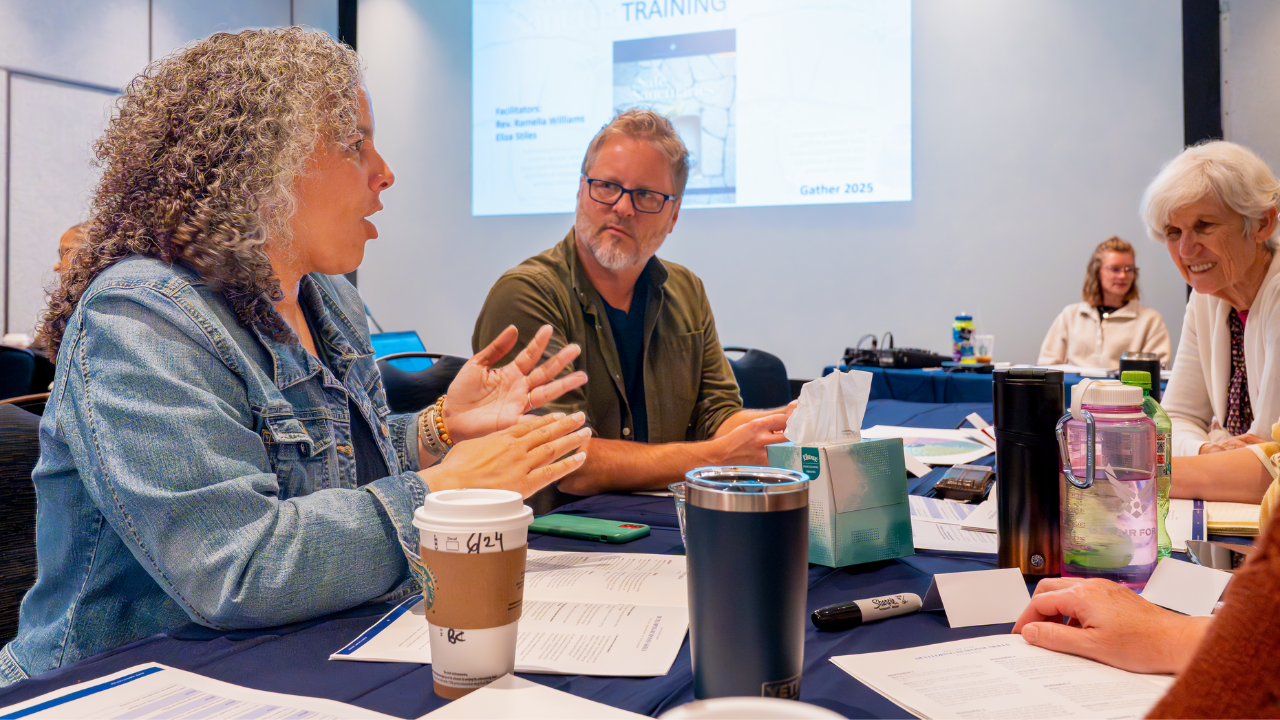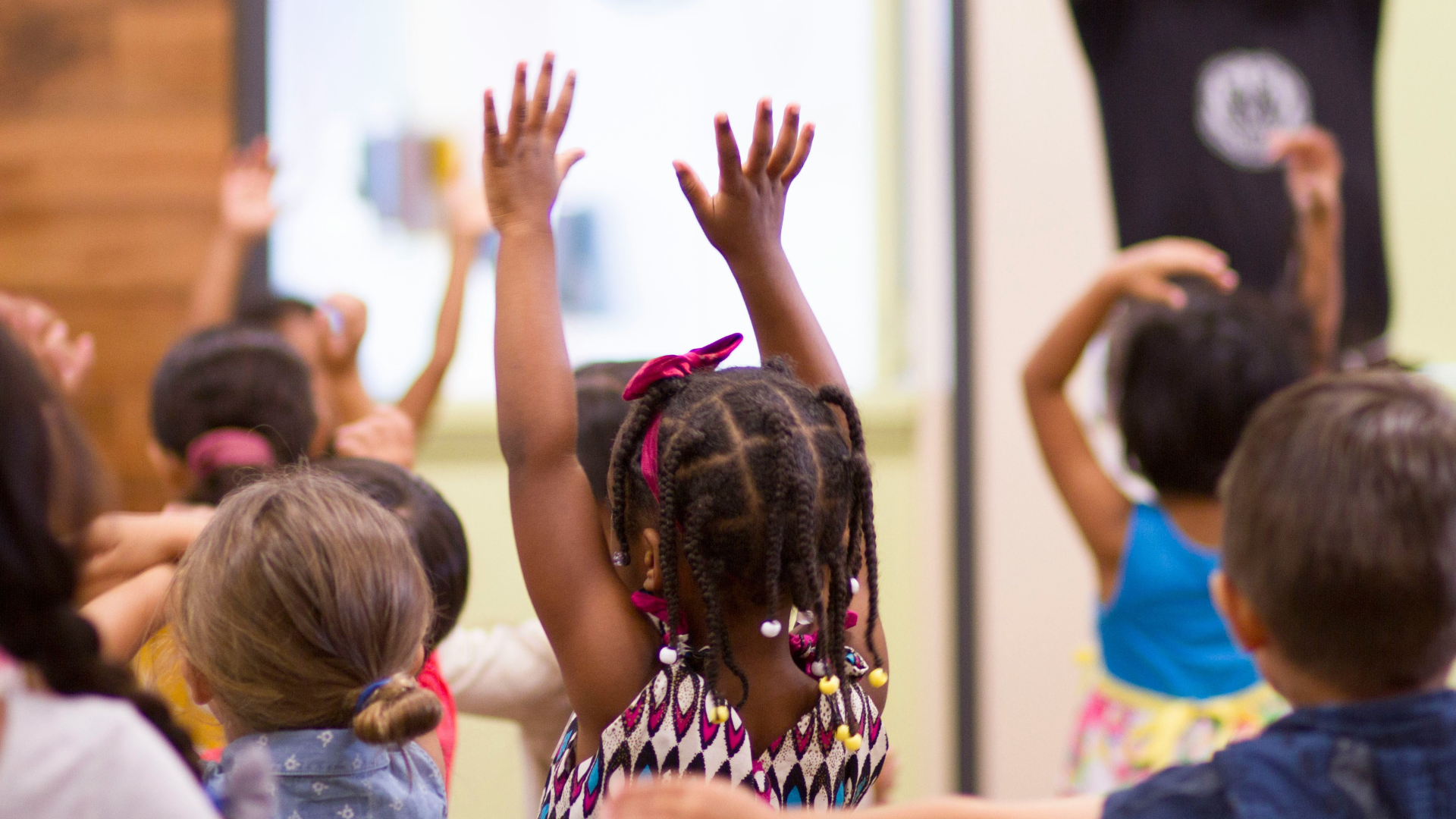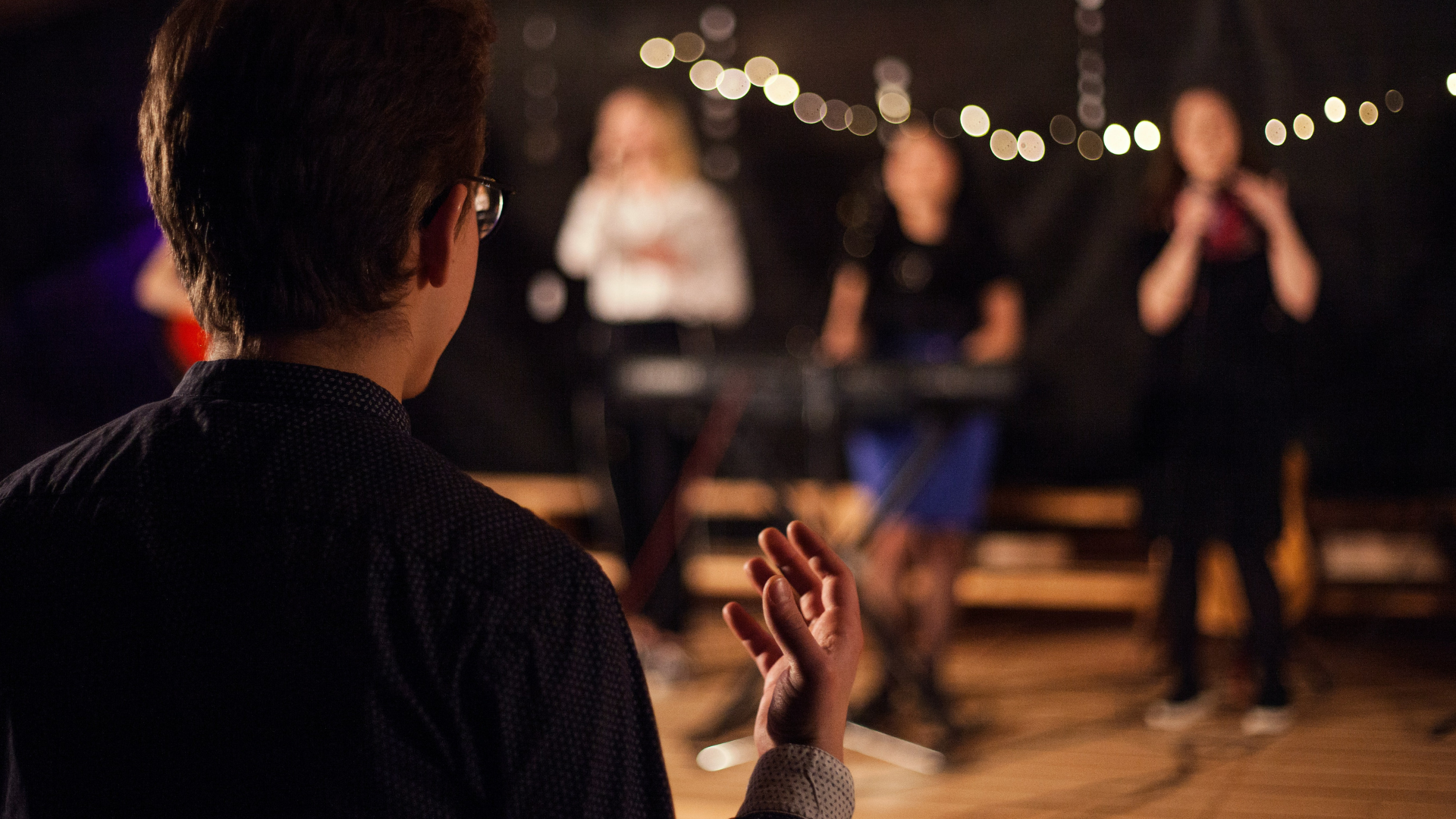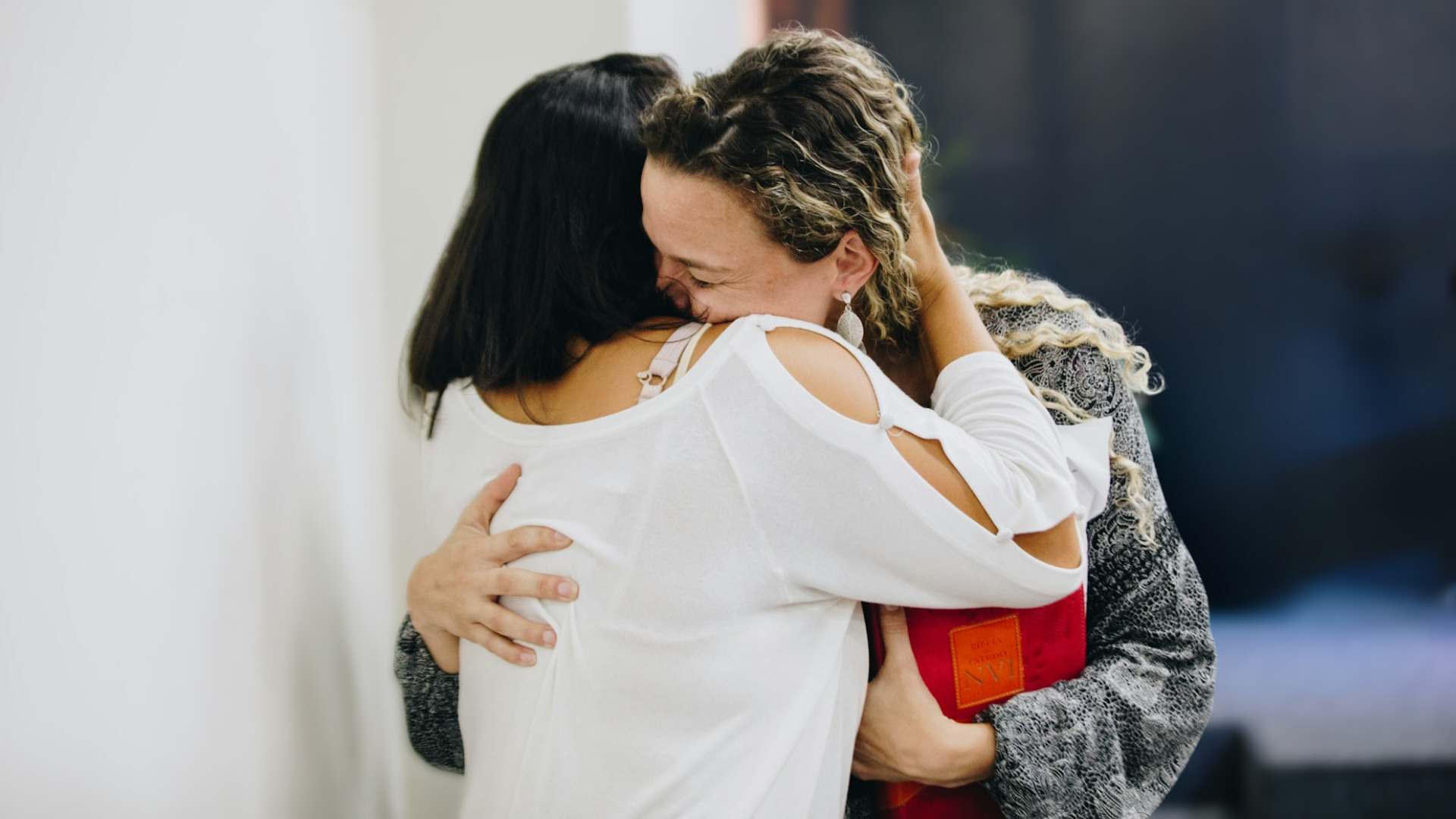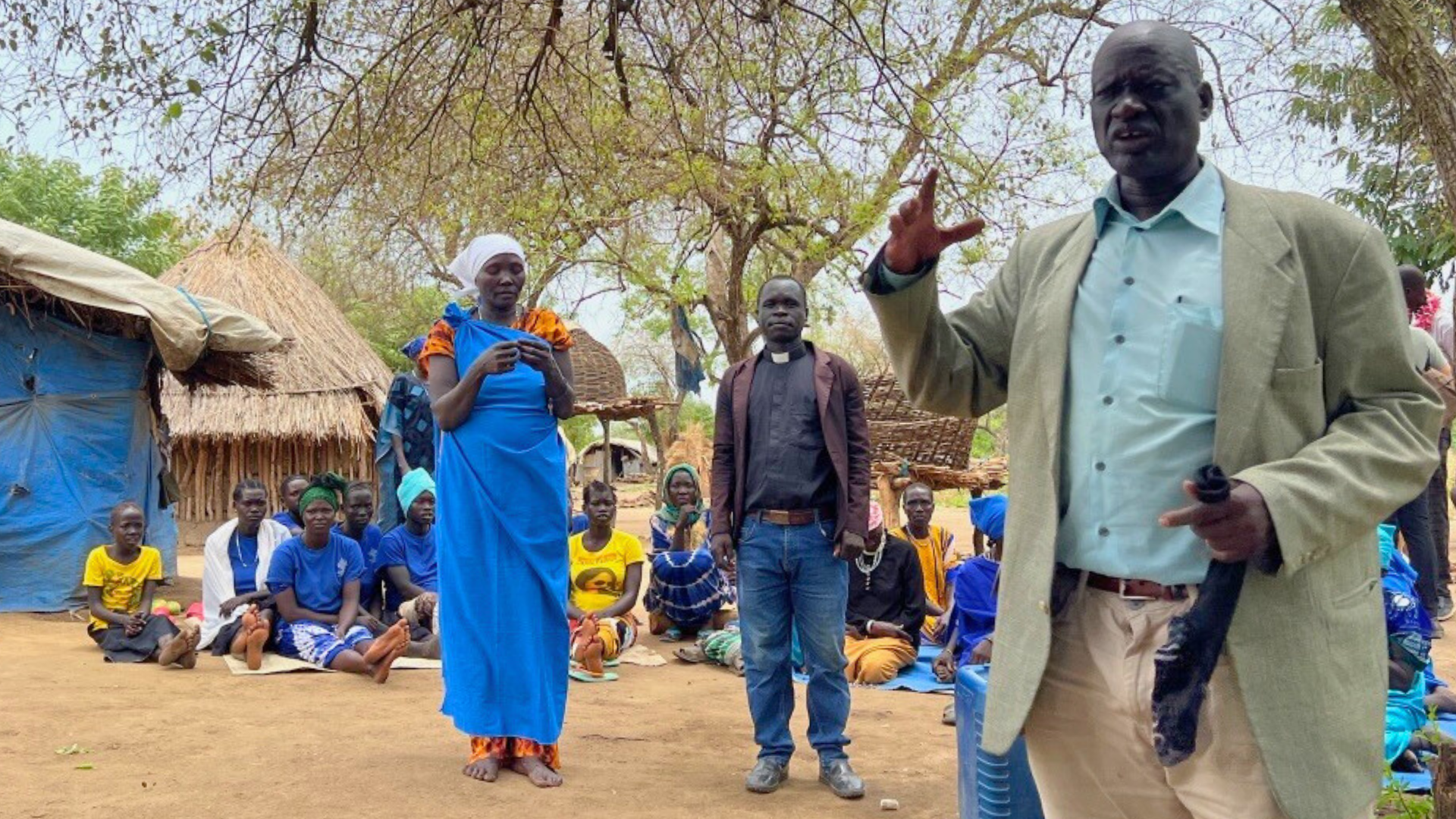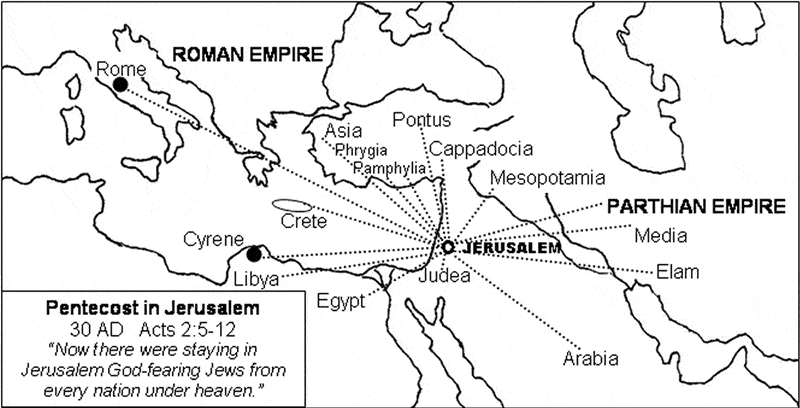For this issue, we commissioned artist Eric Tai to create the cover artwork reflecting our theme “searching for healing in community.” Eric’s journey as an artist is rooted in his search for meaning. A graduate of the School of the Art Institute of Chicago, where he earned a BFA, Eric later pursued studies at Fuller Seminary, earning an MA in intercultural studies. His work connects art and spirituality, exploring how creativity fosters healing and reflection. “I didn’t know how to tie art and faith together at first, but I knew I was called to both,” he says.
For a season, Eric worked with Makoto Fujimura who is renowned for integrating faith, art, and culture. Their time together, including travel to Japan, introduced Eric to practices like the tea ceremony and kintsugi, reshaping his understanding of art as something sacred. “The tea ceremonies showed me the beauty of making as a theological and liturgical act,” he reflects.
In this interview, Eric discusses his process for creating the commissioned piece, how his faith influences his art, and the power of creativity to bring people together.
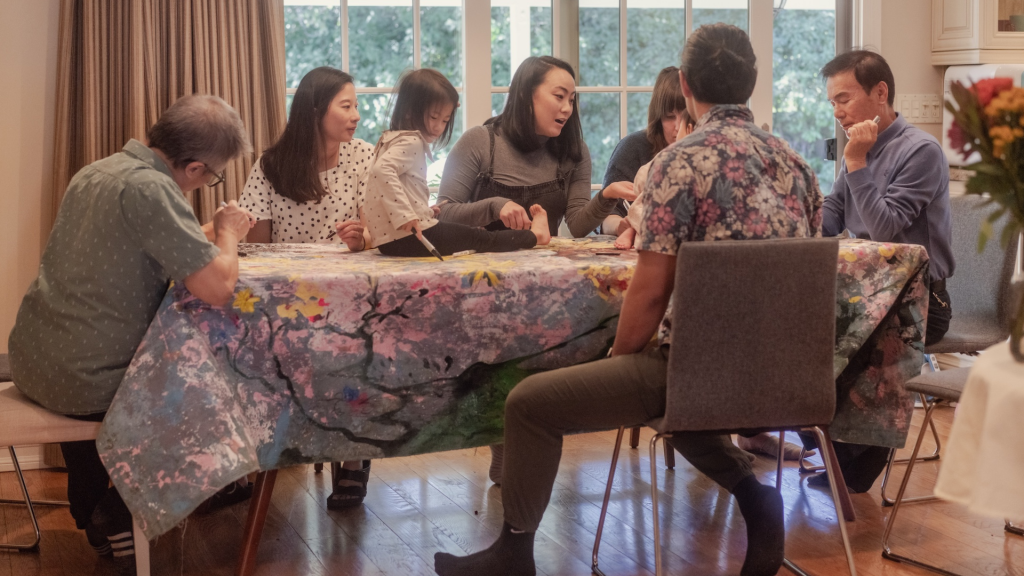
Jane Chao Pomeroy: How do you see art fostering healing in communities, and what inspired you to create work that invites communal contributions?
Eric Tai: Tackling big issues is hard to do alone. Including others in the process allows for shared creation and legacy. The pieces we make today might not be perfect, but they create stories and inspire others to make something in the future. That’s the beauty of collaborative art—it grows beyond any one person. The collaborative spaces I create are for others to experience that inspiration, to say, “I contributed to this,” even if they never thought they could.
I also want people to have the art we create together. It doesn’t do me any good if it is left sitting in my garage or studio. When people see something they helped create, it reminds them that they were part of something larger. Good or bad, the fact that it was made together is what makes it powerful.
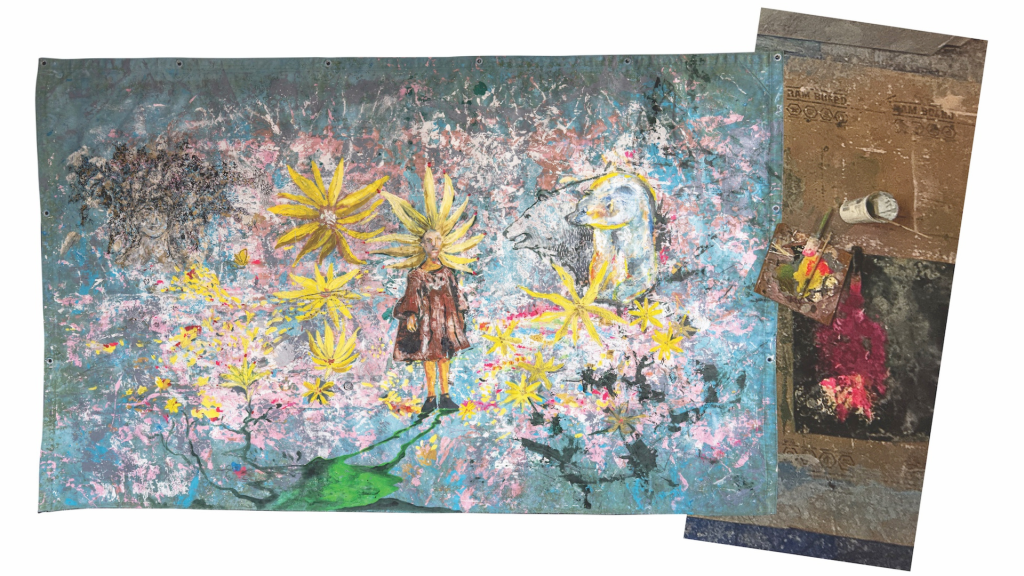
Jane: Tell us about the piece you created for us.
Eric: It started with a military tarp. Canvas, like what we painted on, is often used for shelter—whether for Boy Scouts in the woods or for soldiers. I wanted to use it as a base, layering beauty on something utilitarian.
After the elections this fall, we held a chapel service, and the people who usually comfort others—chaplains, worship leaders—needed space to grieve and process. I brought the tarp and let them add to it however they wanted, even bringing their kids. Later, I brought it to a staff retreat in Big Bear, where more people contributed.
Jane: What kind of direction did you give them?
Eric: Some people just knew what to do instinctively. For others, I gave prompts, especially if they were unsure or hesitant. I might suggest, “Use both hands,” or, “Walk around the piece and see where it feels like something is missing.” Sometimes I proposed finding sticks in the forest to draw with or holding someone’s hand to draw together.
People who don’t usually make art often have the most enthusiastic responses. I once worked on a piece with a family—three generations participating. The kids dove in immediately, but it took coaxing to get the grandmother involved. She eventually added a few strokes and felt proud of her contribution.
Jane: That sounds really special.
Eric: It is. And sometimes, the experience inspires people to start creating on their own. After contributing to one piece, a friend of mine started buying canvases and art supplies for herself. It’s not always about the final product; it’s about giving people the space and opportunity to create.
Back to the collaborative aspect—part of why I like to involve others is because I want them to experience the joy of creating something they didn’t think they could do. I’ve worked on pieces where people started with no idea what they were doing, and by the end, they felt a sense of ownership.
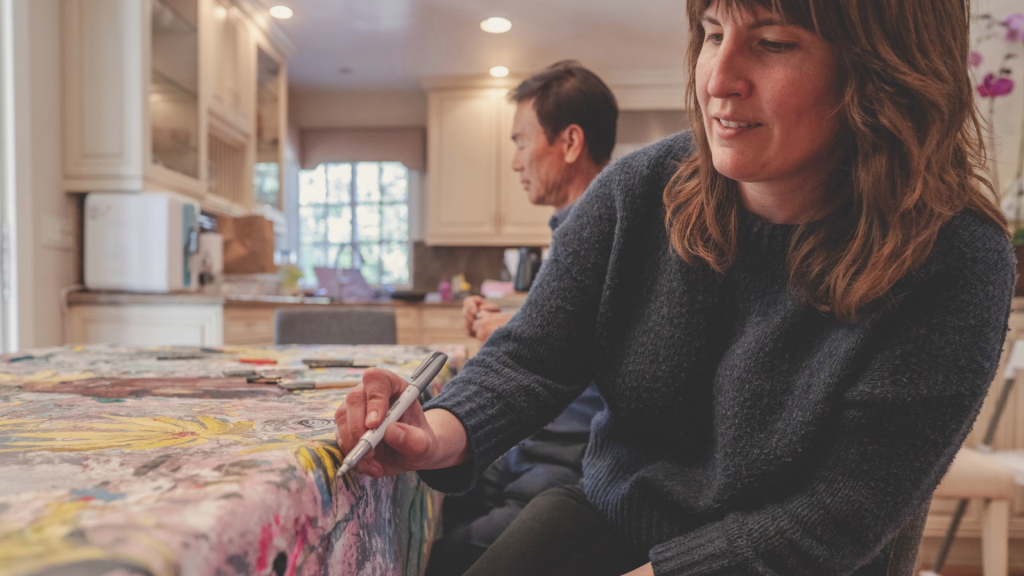
Jane: So it’s about the process more than the final product?
Eric: Exactly. Art isn’t just about making something that looks good—it’s about the act of making itself. It’s cathartic, reflective, and connects people. Even if the outcome isn’t perfect, there’s value in the experience.
Jane: I think that’s especially true when we are experiencing hardship or conflict—the act of creating together can be its own form of healing.
Eric: Art can provide space for people to process, reflect, and connect with each other. When people contribute to something—whether it’s a mural, a sculpture, or even a shared experience—it creates a sense of belonging. Collaborative work never really belongs to one person. It’s a shared creation, and the stories and connections that come out of it are just as important as the finished product.
Jane: That’s really beautiful—fostering connection and creating space for people to find meaning together.
Eric: Exactly. And that’s where I find the most joy.
Not in creating a perfect piece of art, but in creating a space where others feel they can contribute, express themselves, and be part of something bigger. The art becomes a reflection of the relationships and community that built it.
This article was first published in the Covenant Companion Winter 2025 issue, the official magazine of the Evangelical Covenant Church.


